The Hash, Hemp & Marihuana Museum in Barcelona is one of just 2 comprehensive marijuana museums in the world. Showcasing everything from ancient uses of hemp and related artifacts to prohibitionist propaganda, to pipes, bongs and smuggling equipment, this weed museum covers nearly everything related to cannabis. The museum is an excellent resource for members of Barcelona’s famous private cannabis social clubs.
The Building: Palau Mornau
Just a few minute’s walk from the striking Barcelona coastline is a building known as Palau Mornau; a site which has been an estate home of wealthy and influential Catalan families since the 15th Century. The powerful Sancliment family who built the small palace were leading figures in Barcelona’s city council during the middle ages. In 1797, José Fransisco de Mornau, the Honorary Commissioner of War, purchased the property for his family home. The house, which still retains the Mornau name, was also the birthplace of a conspiracy against the French troops occupying Barcelona during the Napoleonic Wars.

The entrance hall of the Hash, Marijuana & Hemp Museum; the current occupant of the historic Palau Mornau, contains information about the history of the building as well as a replica stone tablet with the word ‘cannabis’ written in various ancient languages.
Room 1: The Botany Room
The first room of the museum demonstrates human knowledge of the cannabis plant. It contains illustrations and descriptions of the plant from botany and pharmacology texts as early as 500 CE. The artefacts included in the room attempt to describe the physical nature of the plant including breeding and growth cycles, the importance and function of the plant’s flowers, the difference between male and female plants, the difference between indica and sativa varieties, and basic information about trichomes. Also included is a brief introduction to hashish; the most ancient and popular byproduct of the cannabis plant.

Room 2: The Old Master’s Room
The Old Master’s Room attempts to illustrate human consumption of cannabis through smoking; a practice dating back thousands of years. This room contains historic tools for smoking cannabis such as pipes and bongs from cultures around the world, as well as paintings depicting cannabis consumption.
My research on the history of smoking cannabis through pipes produced some interesting information. While I could not find any authoritative mention of the 3,000 year old bongs found in a graveyard in Laos (the information in the museum’s tour booklet claims these are the oldest known cannabis smoking devices), I did find reports of solid gold cannabis water pipes, 2,400 years old, that were discovered in Russia and likely used by the Sythians, a brutal warrior tribe.[2] A 2,700-year-old stash of dried marijuana was also found in the grave of a Shaman in China[3], supporting the estimate that humans have been consuming cannabis for medicinal or spiritual purposes for about 3,000 years or more.
During the 17th century, the practice of mixing hemp with tobacco was spread throughout Europe by sailors, soldiers and artists. The Old Master’s room of the museum contains a collection of paintings from this era depicting people smoking, drinking and laughing, including a reproduction of Willem Steelink’s famous work, The Smokers.
Room 3: The Industrial Room
The Industrial Room shows both the historical and current value of industrial hemp. Possibly the oldest domesticated plant; humans have been growing and using hemp for 12,000 years.[4] Throughout history, hemp has been used to make rope, netting, cloth, sails, paper and lamp oil.
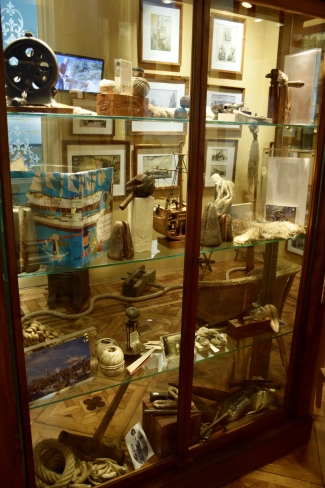
The director of the museum, Ben Dronkers, founded an industrial hemp innovation company, HempFlax, in 1993. The company aims to replace industrial materials with sustainable hemp. Since its creation, the company’s products have been used in various fields of industry from luxury car manufacturing to home insulation, animal bedding to protective oils. The room displays examples of these and other modern innovations, including hemp plastics, hemp fibreglass and HempCrete; a carbon-negative concrete alternative.
Room 4: The History Room
The History room highlights the significance of cannabis consumption to cultures around the world and throughout recorded history. It displays evidence of early use by the Sadhus of India; wandering holy men who renounced earthly possessions. It highlights the long history of cannabis use in traditional Chinese medicine. It discusses the theory that the anointing oil used by Jesus and his religious contemporaries was a cannabis extraction with various other medicinal herbs. (If proven, this theory could provide scientific basis for the alleged miracles performed by ancient prophets such as healing blindness or various skin diseases.[6] )
Other historical mentions of cannabis are displayed in the History Room, such as the records of the discovery of pipes with cannabis residue found in the Stratford home of William Shakespeare or texts describing ‘Le Club des Hashischins’ (The Hashish Users’ Club) of 19th Centruy Paris; a group of artistic and literary elites who met monthly to indulge in hashish smoking. The room also gives information about the foundation of the Rastafari Religion in Jamaica in the 1930s. Rastafarians use cannabis as part of ritual cleansing and believe consumption can bring one closer to Jah (God).
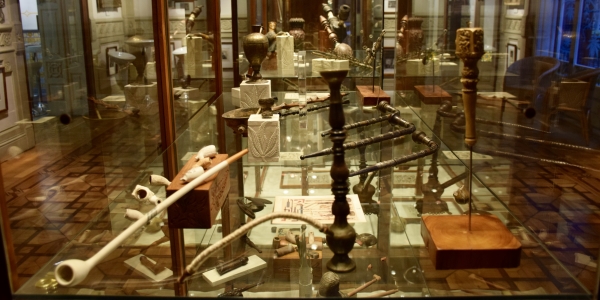
Room 5: The Culture Room
The centre of the museum features a small, open room that focuses on the influence of cannabis on popular culture and attempts to transition visitors between the historical and the contemporary sides of the museum. The room features artefacts from cannabis counterculture, such as modern art featuring cannabis or its use, movie posters from cannabis culture staples like Cheech and Chong, historic editions of publications like High Times, and music records promoting cannabis. The screen in the room plays music videos that provide the main soundtrack for the museum. The variety of music played ranges from 60s folk rock to reggae, heavy metal to hip-hop; demonstrating the wide popularity of cannabis across demographics and generations.
Room 6: The Prohibition Room
This room displays evidence of cannabis’ illegality, starting in the 1930s in the US. At the time, developments were made in hemp production that caused a financial threat to powerful American corporate interests. This, along with fear over marijuana use’s prominence among blacks, Mexicans and jazz culture caused a smear campaign to be launched. Harry J. Aslinger, the first director of the Federal Bureau of Narcotics (a precursor to the DEA) used the multiple tabloid papers owned by his friend William R. Hearst to spread stories of violence wrongly attributed to marijuana use. Popular opinion was swayed in this way until the passing of the 1937 Marijuana Tax Act, which effectively outlawed the cannabis plant.[7] (The current, more comprehensive Controlled Substances Act was passed in 1970).[8]
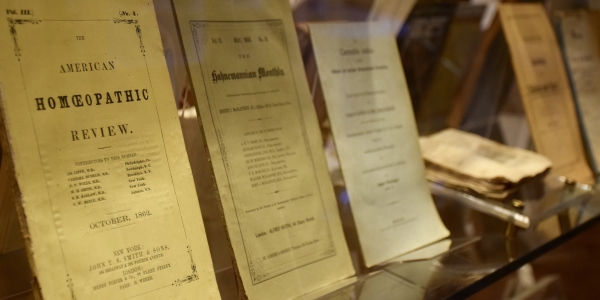
The Prohibition room contains artefacts from the anti-marijuana campaign including posters, movie paraphernalia, and articles. The room also holds information about Howard Marks (better known as Mr.Nice); a non-violent, British drug smuggler and cannabis culture persona. His operation throughout the 1970s was responsible for the largest importation of cannabis to Europe, and included a network of contacts including agents inside the CIA, MI6, IRA and the Mafia.[9] He was a cannabis activist whose bestselling autobiography remains influential. The museum holds his official inmate card. Unfortunately, Mr. Marks died in April of 2016.
Room 7: The Anti-Prohibition Room
The sparse anti-prohibition room is in need of an update. The room contains a case with artefacts and propaganda from the American activist group NORML (National Organisation for the Reform of Marijuana Laws) and, slightly incongruously, a case of beautiful glass pipes and art.
There seems to be a lot of information missing from this room, considering at the time of the museum’s opening in 2012, marijuana was only legal for medicinal use in select US states. Following Colorado’s legalisation of marijuana for recreational use later that same year; the museum could (and should) be tracking the growing progress of recreational legalisation in more US states. I would like to see this room with interfaces where visitors can explore illustrated statistics about marijuana use in areas where it has been legalised, the industry value it generates in those areas, crime statistics, accident rates, etc. There is a lot of missed opportunity in this room, as anti-prohibition is the most politically relevant aspect of cannabis culture.
Additionally, in both this room and the previous Prohibition room, the information and artefacts are all focused on US regulation of cannabis. Considering the museum is located in Spain, I find it strange that Spanish legality of cannabis is not even mentioned. I expect to come out of any type of museum in a given country understanding the relationship between the subject of that museum and its location. In this regard, the Hash, Marijuana, & Hemp Museum fails completely.
Room 8: The Medical Room
The Medical Room shows examples of cannabis use in traditional medicine. Artefacts include pharmaceuticals containing cannabis dating back to the 19th century. One half of the room focuses on the historic use of cannabis in medicine, and the other half of the room contains more modern information. A large anatomical diagram on one wall explains the various ways marijuana can help different ailments. The room also contains examples of California medical marijuana patient cards and a vaporiser; a device which allows patients to ingest cannabis without inhaling smoke. Considering the daily progress in medical cannabis research, the information in this room also seems a little dated. This is another area of the museum that should contain some type of interactive element that is constantly updated with the most current research and information.
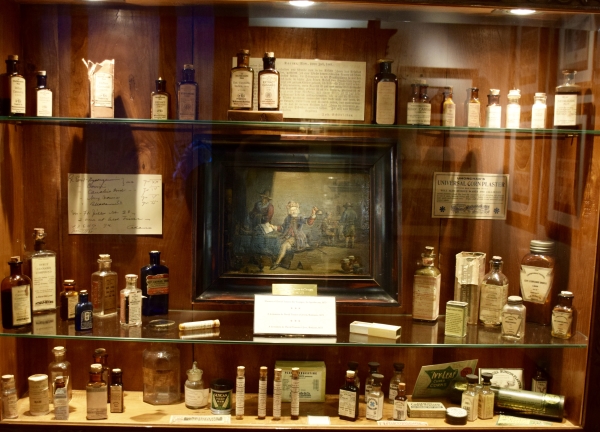
Conclusion and Review
As a critic, I have to say that the Hash, Marijuana & Hemp Museum seems to be a somewhat lazily curated institution; relying on the niche interest in cannabis culture to generate enough visitors to survive, rather than using innovative ideas, interactive exhibitions, and true passion to generate interest in cannabis outside of the existing cannabis community. The building is beautiful and the artefacts are cool, but a lot more effort could be made to make people interested in them. Something as simple as regular tours of the museum led by a passionate guide would vastly improve the visitor experience. Dated information in the Anti-Prohibition and Medical rooms should be updated and be kept updated by a permanent curator, who should also do a lot more digging on cannabis history specifically related to Spain.
In a future of full legalisation and open access to cannabis, the potential of museums like this are endless. They could, among other interactive elements, include a real grow space that would allow visitors to interact with live plants and should definitely allow visitors to experience cannabis consumption for themselves. Walking out of there, there was nothing I wanted more than a fat joint.
[1] Hash, Marijuana & Hemp Museum (May 2012) Official Museum and Gallery Guidebook, accessed December 2016
[2] Cockroft, Steph; (May 2015), Archeologists Discover 2400-year-old Solid Gold Bongs Used by Kings to Smoke Cannabis at Ceremonies, The Daily Mail Online, retrieved December 2016 from http://www.dailymail.co.uk/sciencetech/article-3101885/Archaeologists-discover-2-400-year-old-solid-gold-bongs-used-kings-smoke-cannabis-ceremonies.html
[3] Viegas, Jennifer; (March 2008) World’s Oldest Marijuana Stash Totally Busted, NBCnews.com, retrieved December 2016 from http://www.nbcnews.com/id/28034925/ns/technology_and_science-science/t/worlds-oldest-marijuana-stash-totally-busted/#.WFuqb6IrI02
[4] Amar K. Mohanty; Manjusri Misra; Lawrence T. Drzal (2005). Natural Fibers, Biopolymers, and Biocomposites. CRC Press. p. 74. ISBN 978-0-203-50820-6
[5] Herer, Jack; (1985) The Emperor Wears No Clothes. Ah Ha Publishing, Van Nuys, CA— Ch. 11 “The (Hemp) War of 1812, Napoleon & Russia”
[6] Campbell, Duncan; (January 2003) Jesus ‘Healed Using Cannabis’ theguardian.com, retrieved December 2016 from https://www.theguardian.com/world/2003/jan/06/science.religion
[7] Full Text of the Marihuana Tax Act as passed in 1937. Schaffer Library of Drug Policy. Retrieved December 2016 from http://www.druglibrary.org/schaffer/hemp/taxact/mjtaxact.htm
[8] Pubic Law 91–513, 84 Stat. 1236, Controlled Substances Act, enacted October 27, 1970, codified at 21 U.S.C. § 801 et. seq. Retrieved December 2016 from https://www.gpo.gov/fdsys/pkg/STATUTE-84/pdf/STATUTE-84-Pg1236.pdf
[9] Marks, Howard; (1995) Mr.Nice, Secker & Warburg Publishers, UK, ISBN 0-436-20305-7
Further Reading:
Herer, Jack; (1985) The Emperor Wears No Clothes, Ah Ha Publishing, Van Nuys, CA
Marks, Howard; (1995) Mr.Nice, Secker & Warburg Publishers, London, UK
Schlosser, Eric; (2003) Reefer Madness; Sex, Drugs and Cheap Labour in the American Black Market, Mariner Books, New York, NY
Holland, Julie; (2010) The Pot Book, Inner Traditions Bear and Company, Rochester, VT
- Review: Apollo 27 Cannabis Club in Barcelona - December 26, 2020
- Review: Betty Boop Cannabis Club in Barcelona - August 4, 2020
- Stoners Guide to Lanzarote, Spain - July 8, 2020

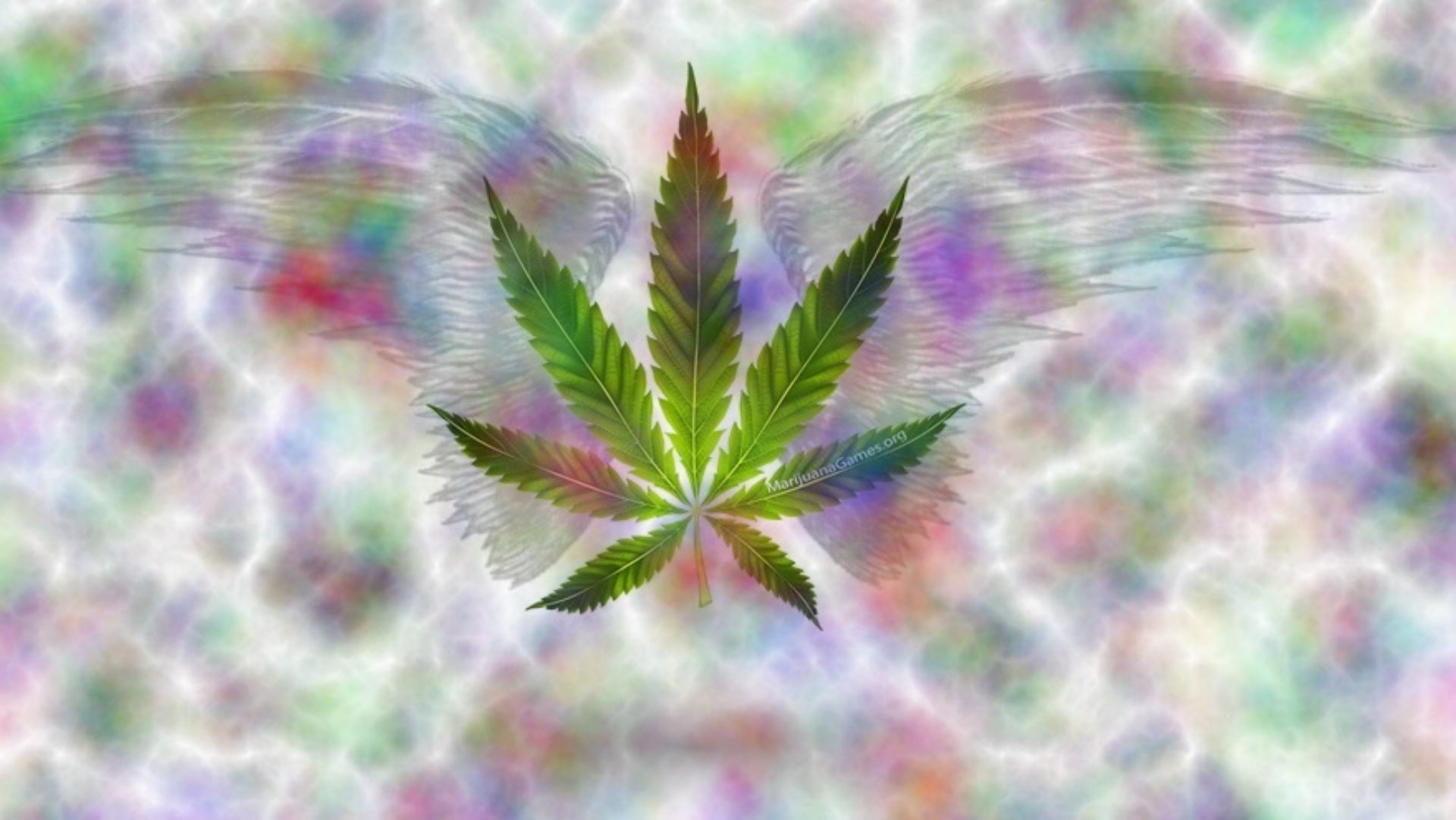
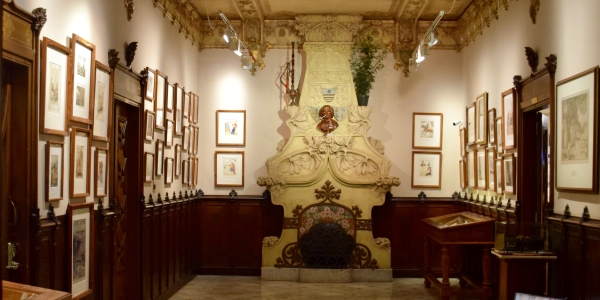
1 thoughts on “Barcelona Hash Marihuana & Hemp Museum Review”
Nice Article Sarah ! I share your views !